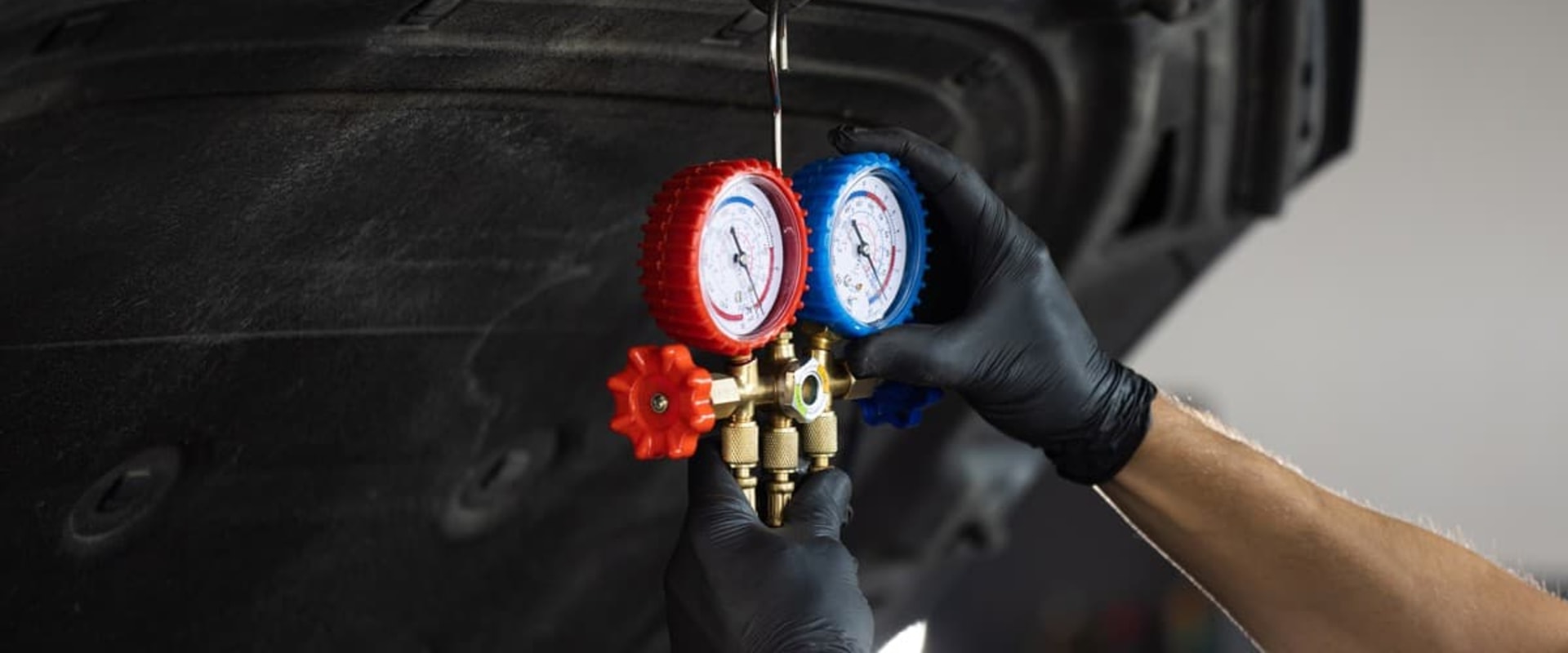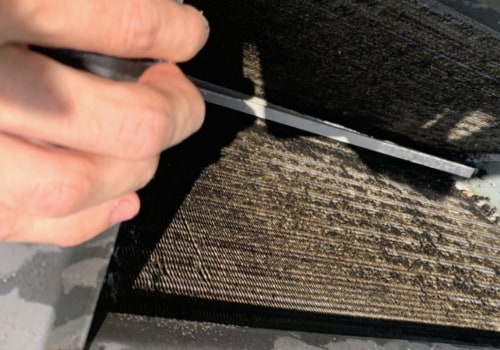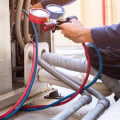When it comes to keeping your air conditioner running smoothly, checking the refrigerant levels is an important part of routine maintenance. Refrigerant is the lifeblood of any air conditioning system, and if the levels are too low, it can lead to a variety of problems. In this article, we'll look at why checking refrigerant levels is so important and how to do it correctly. The main reason for checking refrigerant levels is to ensure that your air conditioner is operating efficiently.
If the level of refrigerant is too low, the air conditioner will struggle to cool your home properly, leading to higher energy bills and possible damage to the system. Additionally, improper levels can cause your air conditioner to freeze up, resulting in further problems and expensive repairs. Fortunately, checking the refrigerant levels is a relatively simple process that only requires a few tools. With the right information and a bit of know-how, you can ensure that your air conditioner is operating properly and that you're getting the most out of your cooling system.
Why Check Refrigerant Levels?
Maintaining the proper refrigerant levels in your air conditioner is essential for efficient and safe operation.Low refrigerant levels can cause the AC unit to work inefficiently, leading to increased energy costs and poor cooling performance. It can also damage the compressor and other components in the unit. Checking refrigerant levels regularly helps to ensure that your AC system is running as efficiently as possible. It's important to note that improper handling of refrigerant can be hazardous. If you're uncomfortable with checking refrigerant levels yourself, you should contact a qualified HVAC technician who has the right equipment and training to do the job safely.
How to Check Refrigerant Levels
Checking refrigerant levels is an important part of maintaining your air conditioner.To do this, you'll need to purchase a pressure gauge from a hardware store. This device measures the pressure of the refrigerant in your system and will indicate if the levels are too low or too high. Once you have the gauge, you'll need to connect it to the air conditioner's service port. This is usually located near the evaporator coil, and is marked with a label. Make sure the gauge is secure before turning on the air conditioner. Once the system is running, you can use the gauge to measure the pressure of the refrigerant in your system.
The reading should be within the range specified by the manufacturer. If it's not, then you may need to adjust the refrigerant levels. Adjusting the refrigerant levels can be done by either adding more refrigerant or reducing it. If you're adding refrigerant, make sure you use the exact type and amount specified for your system. Too much or too little can lead to serious damage, so it's important to get it right. On the other hand, if you're reducing the amount of refrigerant, you'll need to depressurize the system first.
To do this, turn off the air conditioner and disconnect the service port from the system. Then, use a vacuum pump to depressurize it. Once the system has been depressurized, it will be safe to remove some of the refrigerant.
Common Problems from Low Refrigerant Levels
Having the proper levels of refrigerant in your air conditioner is crucial to its performance. Low levels of refrigerant can lead to a variety of problems.It is important to check your refrigerant levels regularly and take action if they are too low. Common problems from low refrigerant levels include decreased airflow, increased humidity in the home, and decreased cooling performance. Decreased airflow is one of the most common problems associated with low refrigerant levels. This is because when the amount of refrigerant is too low, the system needs to work harder to cool the air.
This can lead to reduced airflow and a decrease in the total amount of air that is being circulated throughout the home. This can make it difficult to cool down a room or keep it at a comfortable temperature. Increased humidity in the home is another symptom of low refrigerant levels. Since the system is unable to cool the air properly, it will be unable to remove moisture from the air.
This can result in increased humidity levels, leading to a feeling of stuffiness and discomfort. Finally, a decrease in cooling performance can be another result of low refrigerant levels. Since the system is having trouble cooling the air, it will not be able to cool down a room as quickly or efficiently as normal. This can lead to rooms that take longer to cool down and do not stay at a comfortable temperature for as long.
Doing so can help prevent common problems associated with low refrigerant levels, such as decreased airflow, increased humidity, and decreased cooling performance.
Maintaining Your AC Unit
Maintaining your air conditioning unit is essential for keeping your home or office comfortable. To ensure that the unit is running properly, it's important to clean the filters regularly and have a professional inspect the unit at least once a year. Cleaning the filters is an important part of maintenance and should be done regularly. Clogged filters can reduce the efficiency of your unit and cause it to run less efficiently.The filters should be checked monthly and replaced when they become clogged. Having a professional inspect your unit once a year is also important for proper maintenance. A professional can check for any potential problems and make sure that the refrigerant levels are correct. Checking refrigerant levels, also known as Freon or R-22, is an essential part of maintaining your air conditioner.
Refrigerant levels are important because they help keep the air cool and comfortable in your home or office. If the levels are too low, your unit will not be able to cool properly. When checking refrigerant levels, it's important to use a quality refrigerant gauge. This gauge will tell you the exact amount of refrigerant in the system and will help you determine if the levels are correct. If the levels are too low, it's important to add more refrigerant to the system.
This can be done by an HVAC technician or by yourself, if you have experience with air conditioners. Properly maintaining your air conditioner is essential for a comfortable home or office. Cleaning the filters regularly and having a professional inspect the unit at least once a year can help ensure that the unit is running efficiently and that the refrigerant levels are correct.











